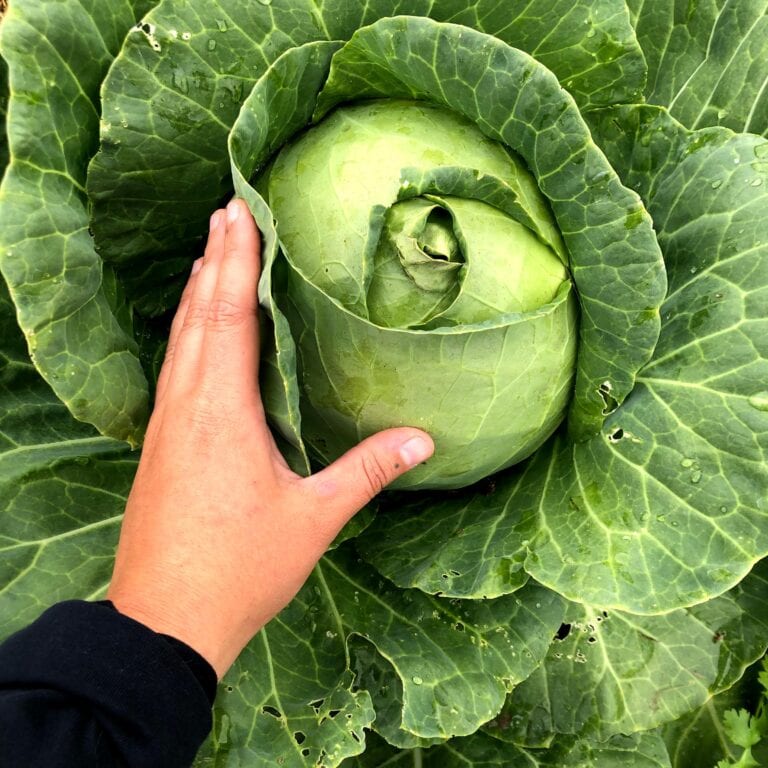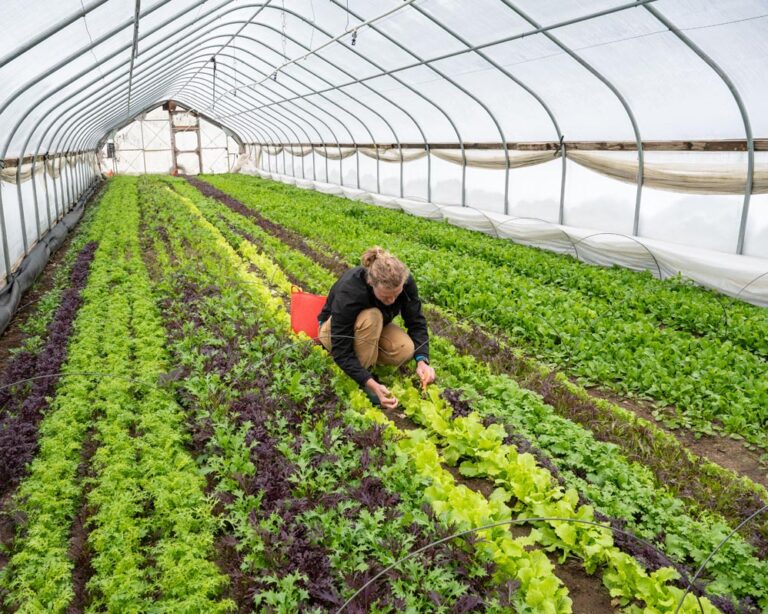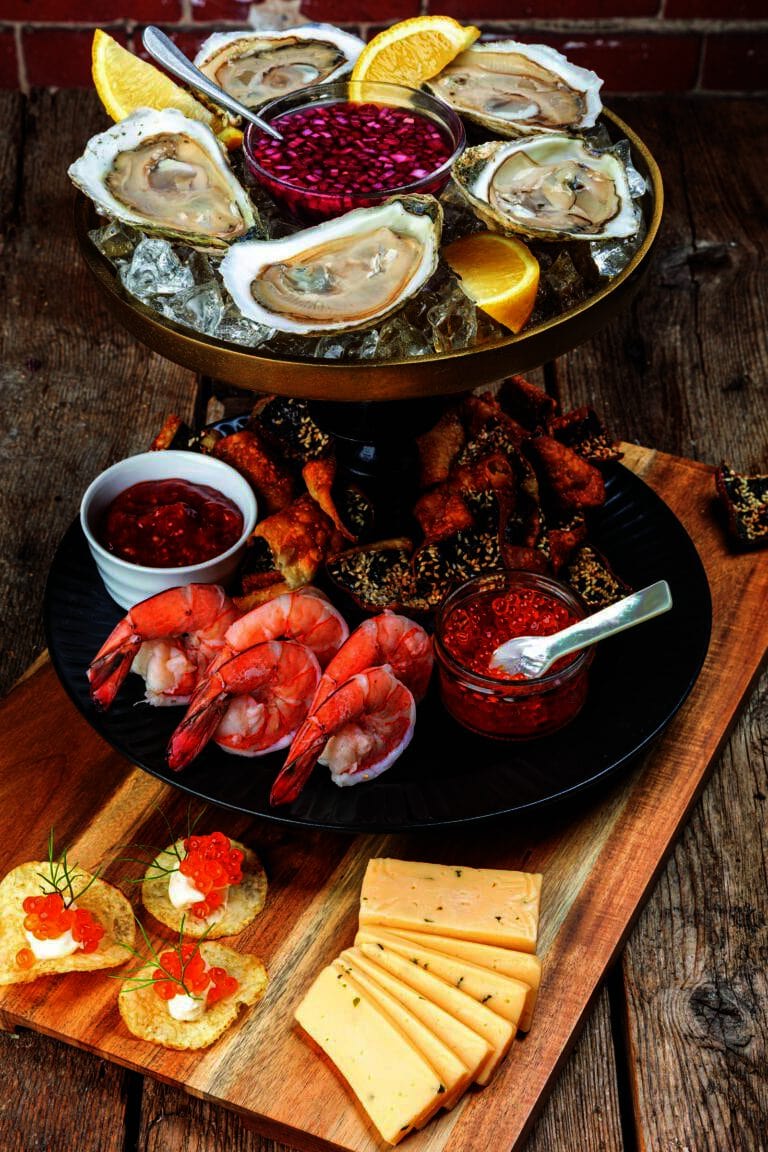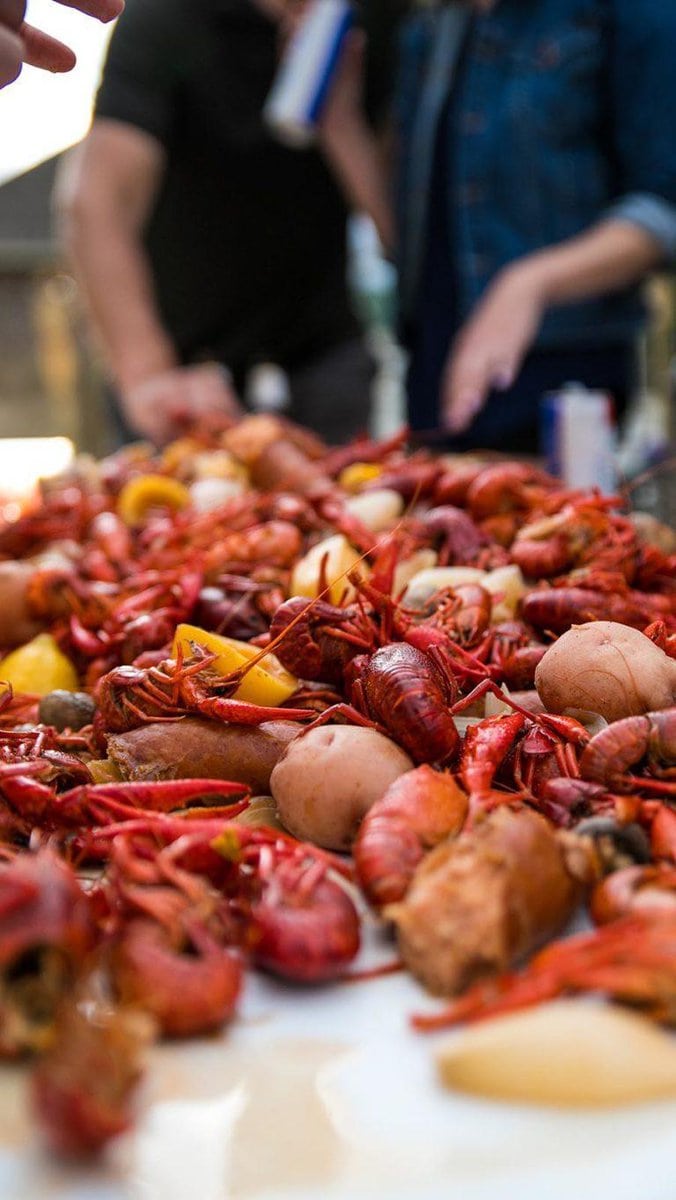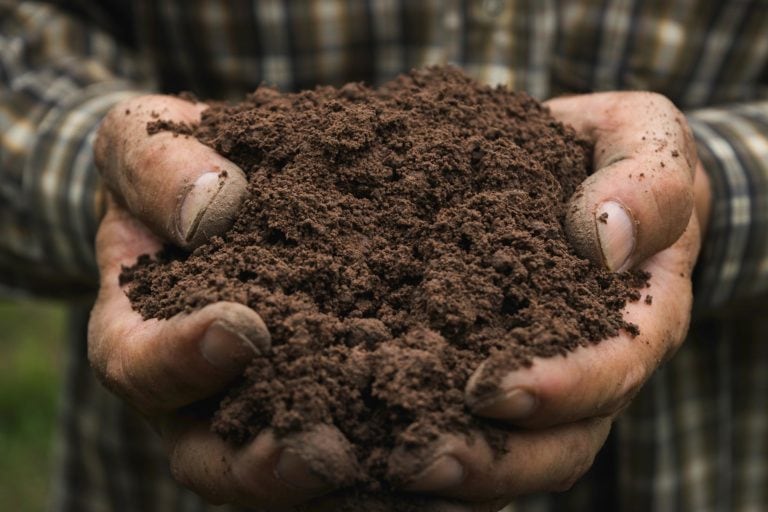The flavor and texture of that first crisp apple eaten in the fall, ripened on the tree, easily stands out compared to the less juicy or flavorful apples available during other times of the year. If one is lucky, maybe it was picked at a local orchard with children running around and the smell of hot donuts lingering from the nearby farm stand. Choosing to eat that local apple is an intentional act. Visiting the land it came from, continuing to think about that land, and maybe making the commitment only to eat apples grown in Maine—all these take the taste memory a step further. It is likely that those apples will be grabbed from the counter or fridge and enjoyed, while the less flavorful ones might languish in the back of the refrigerator.
We grow and sell vegetables at Dandelion Spring, but we do so from a larger inspiration. When we eat well, we see the people and land around us from a greater wholeness. From that perspective, we take better care of ourselves and our surroundings. Eating well starts with fresh food, grown well and close to home. As readers here, just like our customers at the farmers market, we care about food. We’re interested in what we’re eating and where it comes from. We’re curious about how we can stretch our palates, purposeful about how we use our time in the kitchen, and intentional about where we shop or dine out.
The fall air is approaching, if not yet arrived, and while we may have had our fill of the much-anticipated summer tomatoes and berries, and perhaps eaten that first tree-ripened crisp apple, the options for eating locally grown food are no longer bound to a single season. We are fortunate to live in a state with many active farms, and it is increasingly easy to make a tie to Maine in our food choices throughout the year, from produce to dairy to meats, regardless of what county we live in.
I’ll propose something controversial: It seems we’ve begun to take locally grown food for granted, diminishing our commitment to a local diet compared to a decade ago.
Food waste looms large when I contemplate reasons to recommit to locally grown foods. The resources consumed in packaging and transporting food from afar are substantial. Moreover, the taste of locally grown fare, fresh from our soil and water, surpasses the rest. When food is flavorful and nutrient-rich, we’re less likely to waste it, unlike items that end up composted or landfilled.
It all starts with flavor. When the fruit or vegetable tastes good, we want more of it. Can you imagine the surprise of indulging in flavorful spinach eaten leaf by leaf straight from the bag? The crisp apple? The carrots sweetened by frost? The second part is building the story, often connected to a relationship with the land or family tradition. My gateway to farming was devouring fresh peas from our family garden. Each pod shelled was a small gift—sweet or starchy, the surprise only fueled my appetite for more. In the fall, my grandfather ensured a bountiful supply of potatoes tucked away in the cool laundry room corner. A giant blue Hubbard squash took pride of place on the kitchen counter—a seasonal marker promising hearty meals ahead.
The combination of flavor and story builds the relationship between body and place. Imagining our local orchard as anything but an orchard, or my grandfather’s large backyard garden as anything but that, feels like an anomaly to place. Likewise, eating apples lacking in flavor or squash out of season feels disconnected.
As we’re starting to feel the significant shift in seasons from the lush growth of summer to the slowing of fall, perhaps now is the best time to make our “New Year’s” eating resolutions. A locally produced diet can connect us to a place, produce less waste, be more nutritious for our bodies, and help keep the culture of farms alive in Maine. Farmers markets, buying directly from farms through winter community-supported agriculture programs, grocers that buy locally produced food, and restaurants with a focus on local purchasing are all at our fingertips.
Here’s to a year-round commitment to eating food raised in Maine.






